1. Honey for Wound Healing
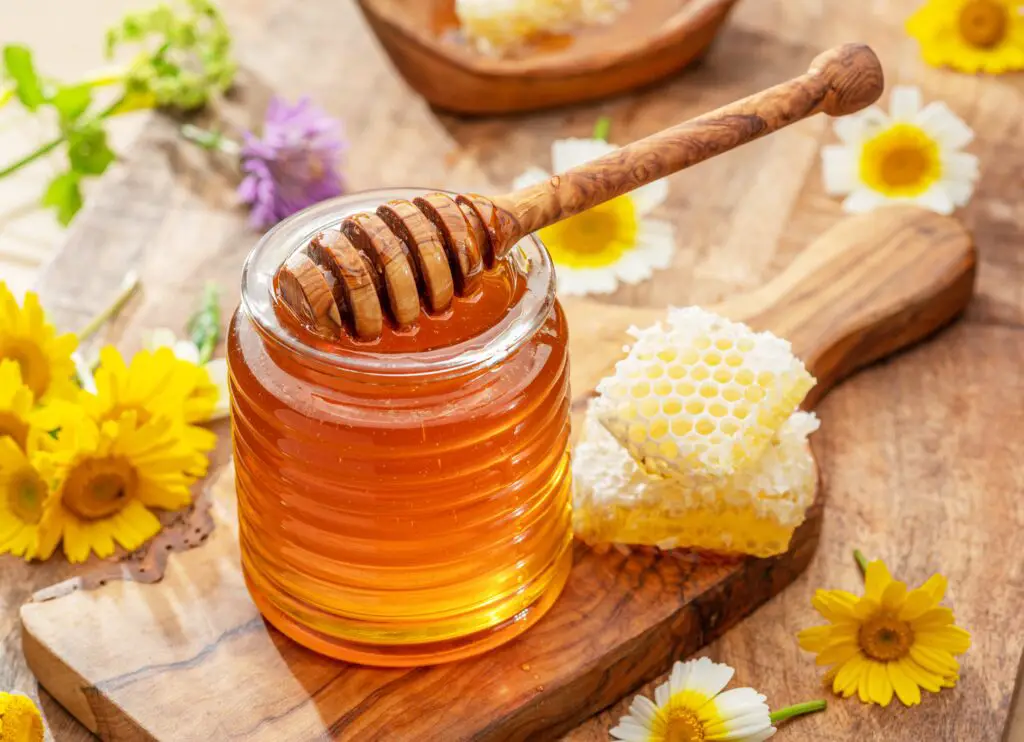
Before antiseptics and fancy ointments, people turned to something sweet and sticky: honey. It might sound like an old wives’ tale, but honey—especially raw or Manuka honey—has natural antibacterial and anti-inflammatory properties that can actually speed up healing. Modern studies have shown that it’s incredibly effective at cleaning wounds, reducing infection, and even helping with tissue regeneration. Hospitals around the world now use medical-grade honey for chronic wounds and burns shares Healthline.
What’s wild is that it works without promoting antibiotic resistance, unlike some modern treatments. It’s also soothing and helps with scarring. So if you’re dealing with a minor cut or scrape, a little dab of honey might be better than your usual cream. Just make sure it’s pure and not the sugary stuff from a bear-shaped bottle.
2. Turmeric for Inflammation
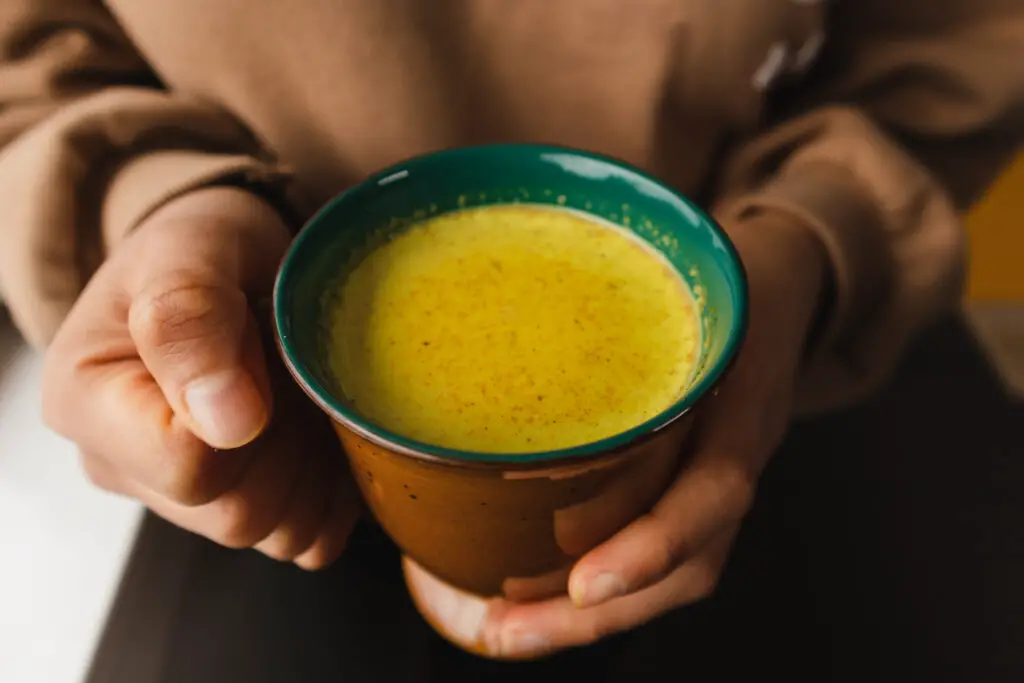
Turmeric isn’t just for curries—it’s been used for thousands of years in Ayurvedic and Chinese medicine to treat inflammation and pain. The magic comes from curcumin, the bright yellow compound inside the root. It works similarly to ibuprofen by blocking inflammatory pathways in the body, but without the gut-wrenching side effects. People use it for everything from arthritis to digestive issues to post-workout soreness says Johns Hopkins Medicine.
Many doctors now recommend taking curcumin supplements for chronic inflammation, especially when standard meds don’t cut it. You do have to take it with black pepper (which helps your body absorb it), but that’s a small price to pay for relief. It’s also being researched for its effects on brain health and depression. Nature really knew what it was doing with this one.
3. Garlic for Infections
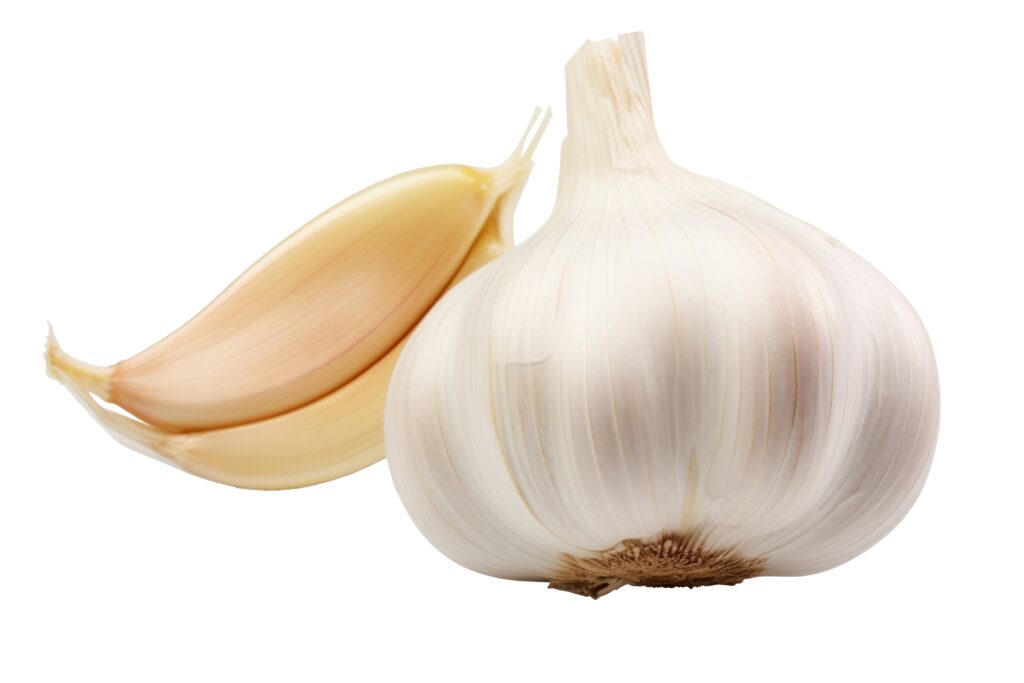
Garlic isn’t just for warding off vampires—it’s a legit natural antibiotic. Ancient Egyptians, Greeks, and Romans all used garlic to treat infections, and for good reason. Allicin, the compound released when garlic is crushed, fights bacteria, viruses, and even fungi. It’s been shown in lab studies to work against antibiotic-resistant bacteria, which is a big deal in today’s world shares Medical News Today.
Eating raw garlic might not win you any friends, but it can give your immune system a serious boost. Some people even crush a clove and let it sit for a minute before swallowing it like a pill. It’s not glamorous, but it’s effective. Garlic oil also helps with ear infections when used carefully adds Health.com.
4. Ginger for Nausea
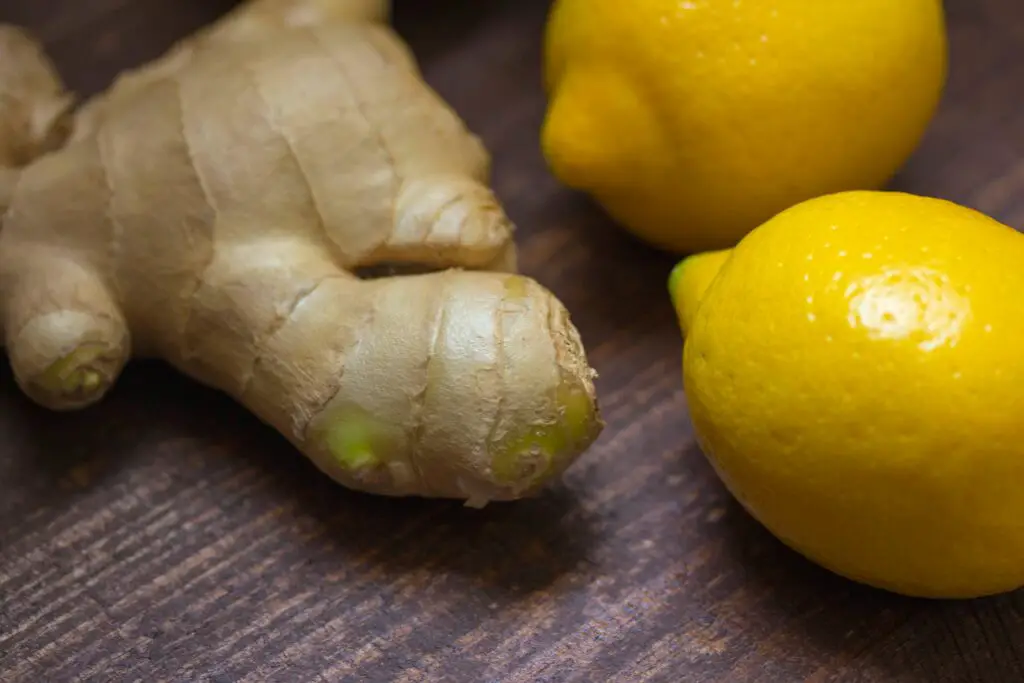
If you’ve ever sipped ginger ale for an upset stomach, you’ve unknowingly used an ancient remedy. Ginger has been used in Chinese medicine for over 2,000 years to treat nausea, morning sickness, and even motion sickness. It works by helping your stomach empty faster and calming the gut. Best of all, it doesn’t knock you out like some over-the-counter meds.
Today, doctors often recommend ginger supplements to patients undergoing chemotherapy or pregnant women dealing with morning sickness. It’s gentle, effective, and safe when used properly. Fresh ginger tea or even ginger chews can make a huge difference. And it tastes pretty great, too.
5. Peppermint Oil for Headaches
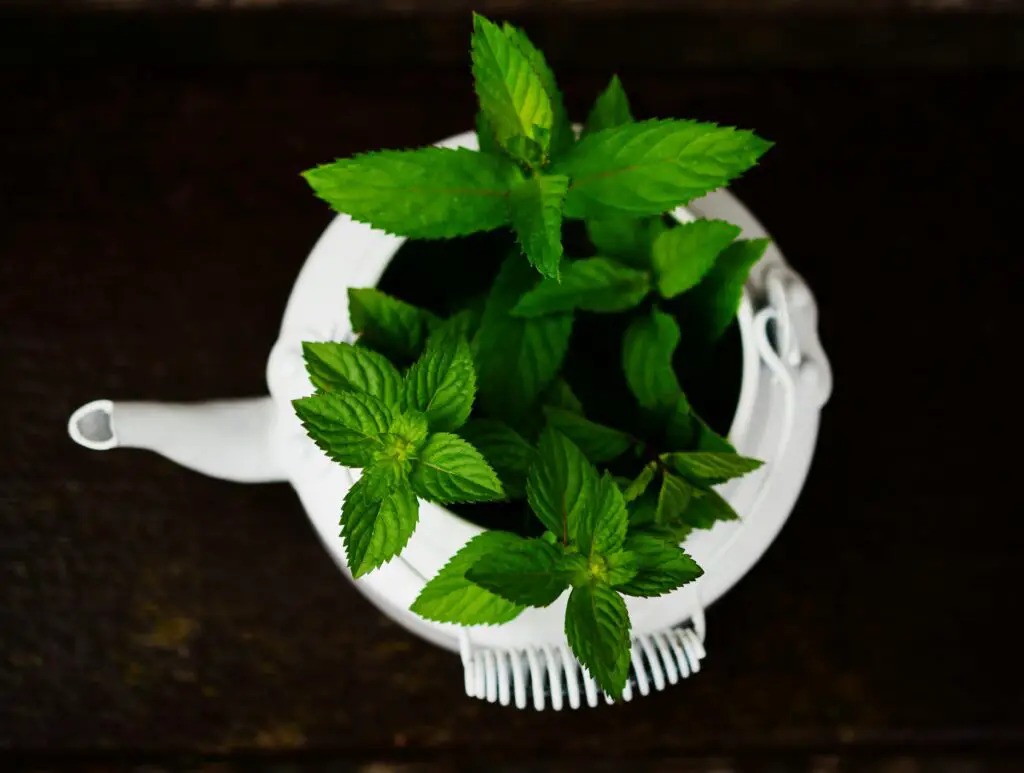
Before ibuprofen was a household name, people were reaching for peppermint. The oil from this herb has a cooling effect that relaxes muscles and boosts blood flow. When applied to the temples and forehead, it can relieve tension headaches in as little as 15 minutes. Studies have even found it to be just as effective as some over-the-counter pain relievers.
The best part is that it’s fast-acting and doesn’t mess with your stomach like traditional pills can. Plus, the scent alone can lift your mood and reduce stress. Just a few drops mixed with a carrier oil can work wonders. It’s a small trick that’s been passed down for generations—and for good reason.
6. Clove for Toothaches
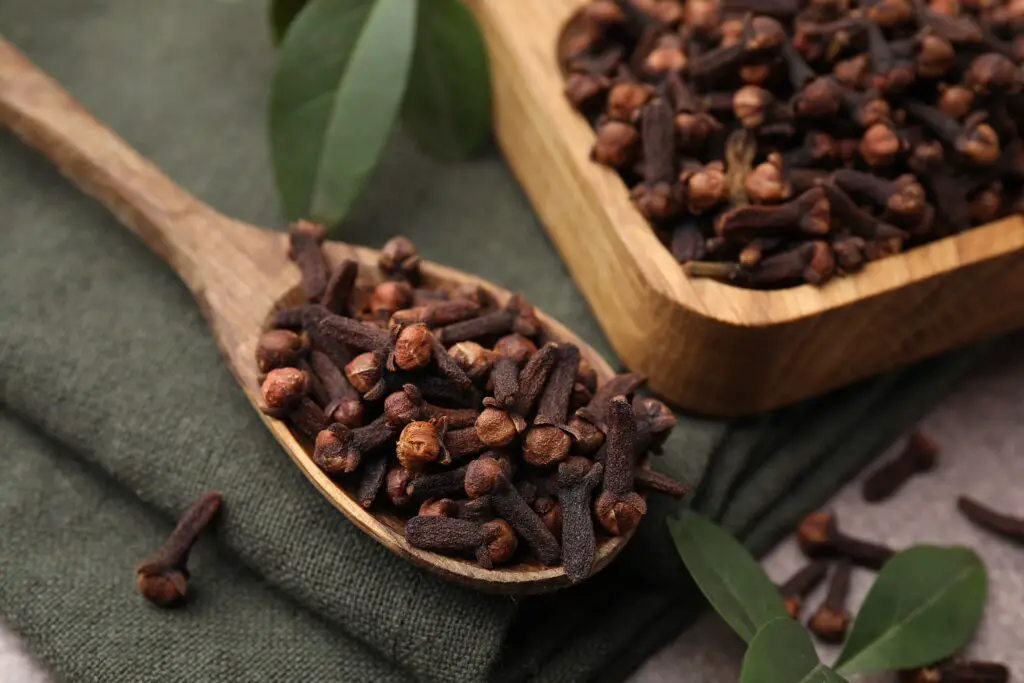
Clove oil has been a go-to remedy for dental pain for centuries. Ancient Chinese and Indian healers used it to numb pain and treat gum infections long before we had root canals and numbing shots. The active ingredient, eugenol, is a natural anesthetic and antiseptic that dulls pain and kills bacteria. Even modern dentists use it in certain procedures today.
Just a dab of clove oil on a cotton ball applied to an aching tooth can bring quick relief. It’s especially useful when you can’t get to a dentist right away. Some people even chew whole cloves for temporary relief. It’s a strong flavor, but it beats the throbbing pain.
7. Eucalyptus for Congestion

Eucalyptus isn’t just something koalas love—it’s a powerful decongestant. Indigenous Australians used eucalyptus leaves for respiratory issues long before vapor rubs came into the picture. The essential oil contains cineole, which helps break up mucus and ease coughing. When inhaled, it acts fast to clear the airways.
Today, it’s found in many chest rubs and cough drops, but using the oil in a steam bowl is even more effective. Just a few drops in hot water can make a big difference when you’re stuffed up. It’s also antimicrobial, so it helps fight the cause, not just the symptoms. That’s a pretty impressive plant.
8. Willow Bark for Pain Relief

Before aspirin, there was willow bark. This ancient remedy contains salicin, a compound that’s chemically similar to the active ingredient in aspirin. Hippocrates reportedly recommended chewing willow bark for fever and pain all the way back in the 5th century BCE. It works on inflammation and headaches just like modern painkillers—but with fewer side effects for some people.
It’s still used today in natural medicine circles for back pain, osteoarthritis, and even menstrual cramps. You can find it in supplement or tea form. It might take a bit longer to kick in than a pill, but it’s gentler on the stomach. Sometimes, the old way really is the better way.
9. Licorice Root for Digestive Issues
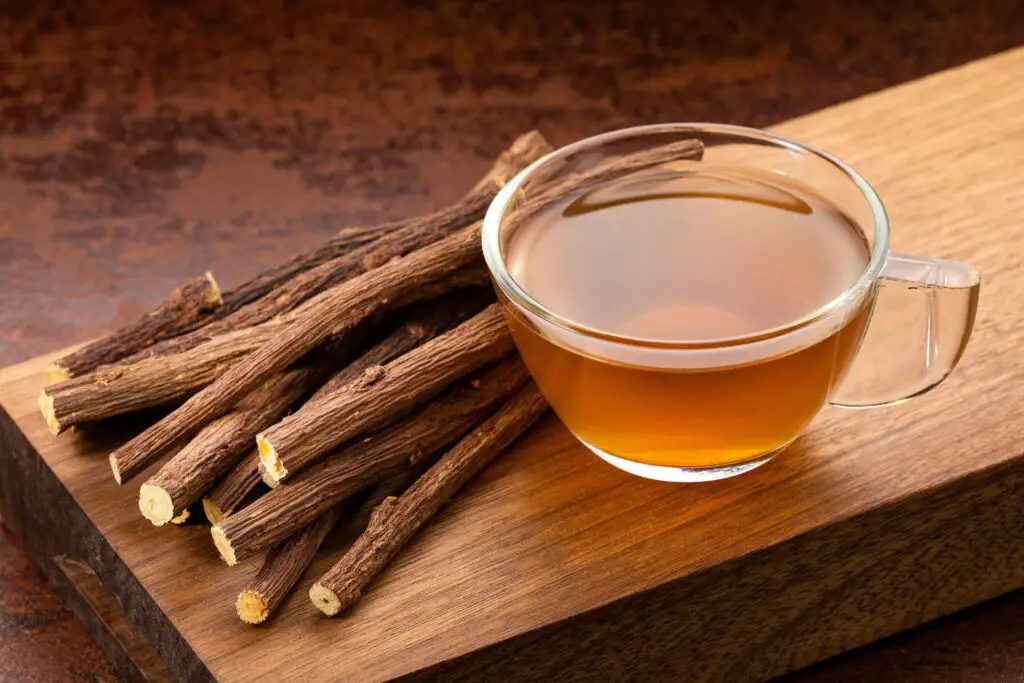
Long before Pepto-Bismol, people were turning to licorice root to soothe their stomachs. In traditional Chinese and Middle Eastern medicine, it was prized for its ability to coat and heal the digestive tract. It helps with ulcers, acid reflux, and even heartburn by reducing inflammation and protecting the stomach lining.
There’s even a special form called DGL licorice that removes a component that could raise blood pressure, making it safer for long-term use. It’s especially popular among people who want to avoid long-term medications. You can take it as tea, lozenges, or capsules. Just make sure it’s the DGL kind unless a doctor says otherwise.
10. Ashwagandha for Stress
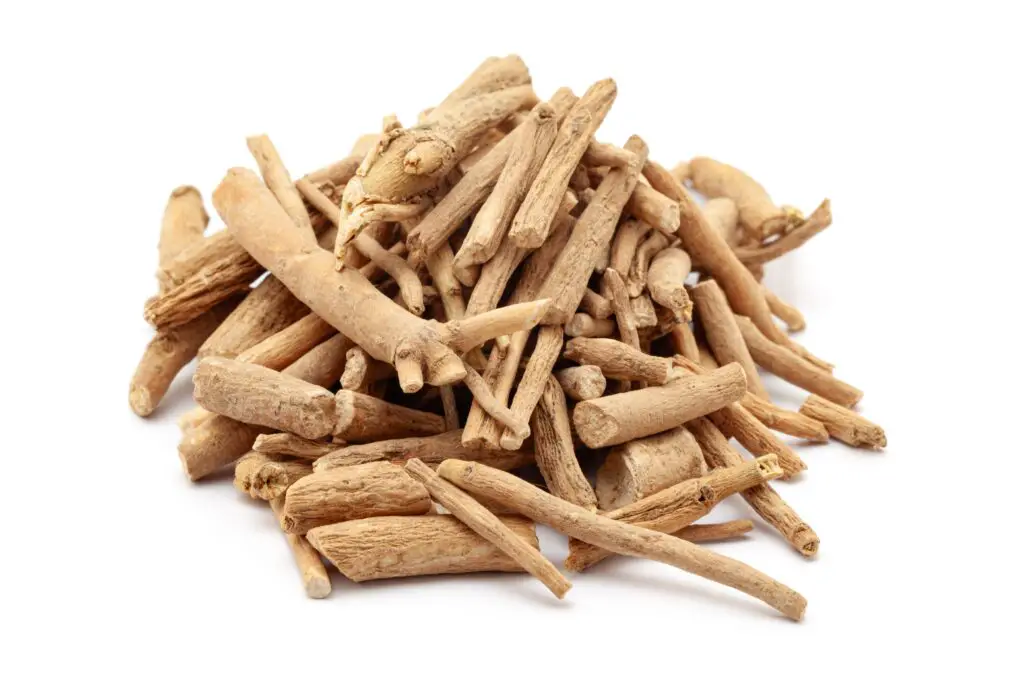
Ashwagandha has been used for over 3,000 years in Ayurvedic medicine to help the body handle stress. It’s what’s known as an adaptogen, which means it helps regulate cortisol and bring your body back into balance. People use it today for anxiety, fatigue, and even brain fog. Unlike some modern anti-anxiety meds, it doesn’t knock you out or make you groggy.
Many studies have confirmed its calming effects without serious side effects. You’ll often find it in capsules, powders, or teas. Some say it helps them sleep better and focus more clearly. When life feels overwhelming, this ancient root might just be the gentle support you need.
11. Black Seed Oil for Everything from Allergies to Blood Sugar
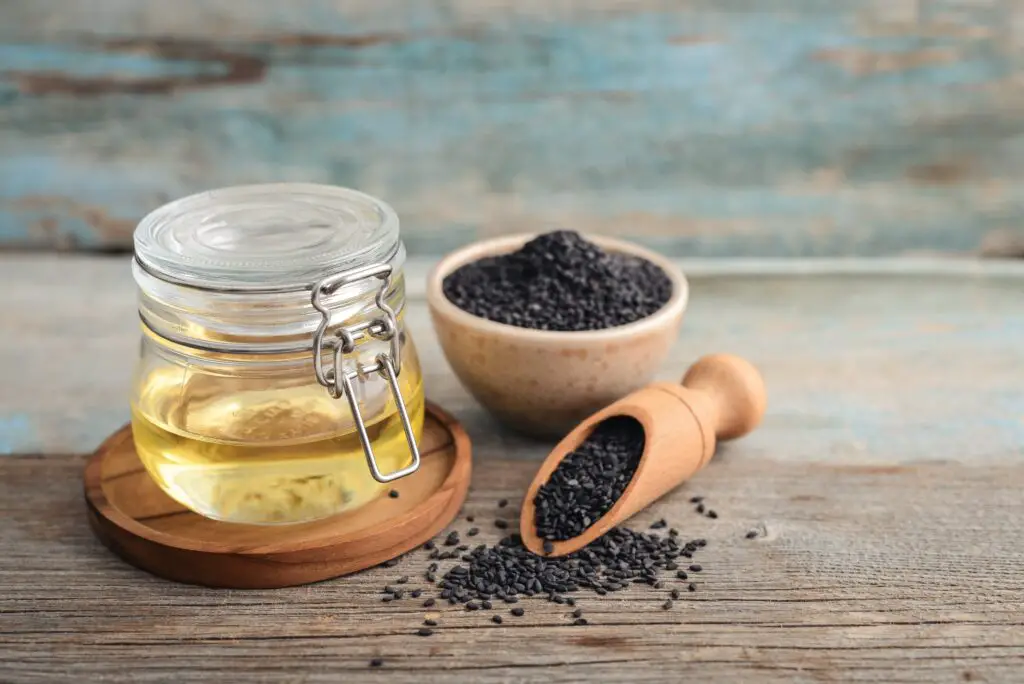
Known as “the remedy for everything but death” in Middle Eastern cultures, black seed oil has earned a serious reputation. It comes from Nigella sativa and has been used for thousands of years to treat a wide range of issues. It’s especially good for inflammation, allergies, and regulating blood sugar. Some people even use it for asthma and skin conditions like eczema.
Recent research backs up many of its traditional uses, particularly its ability to lower cholesterol and blood pressure. You can take it by the spoonful or in capsule form, though the taste is a bit strong. It’s one of those rare natural remedies that really does a little bit of everything. No wonder it’s been a staple for so long.
12. Valerian Root for Sleep
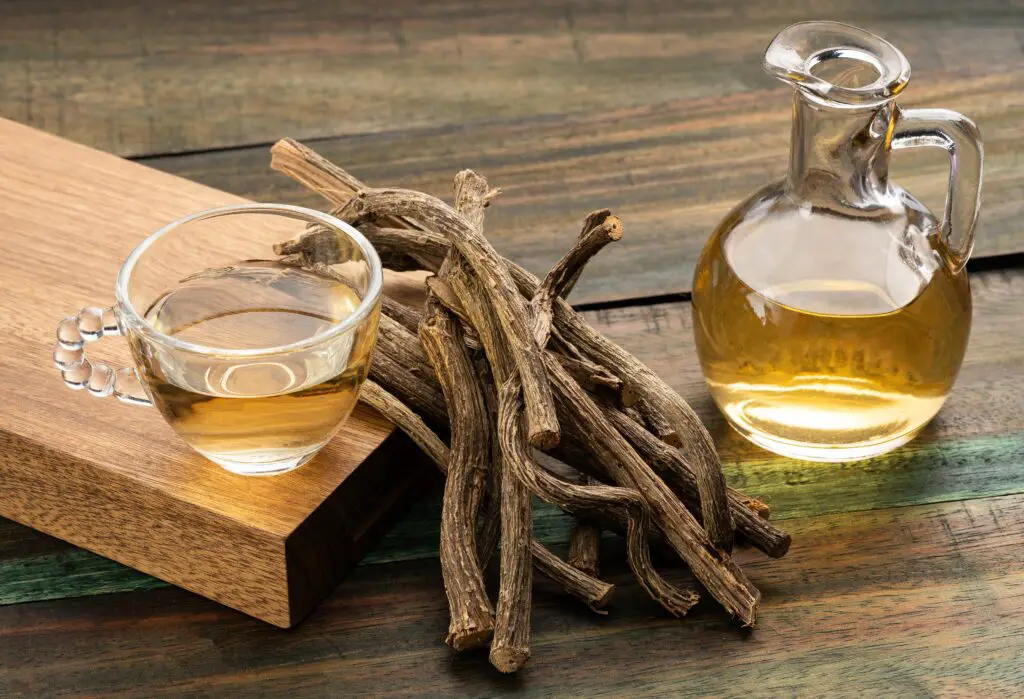
People have struggled with sleep for centuries, and valerian root has been a quiet solution since ancient Greek and Roman times. It works as a natural sedative and helps calm the nervous system. Studies show it can help people fall asleep faster and improve sleep quality without the grogginess of prescription meds. It’s especially helpful if your brain won’t stop racing at night.
You’ll find it in teas, tinctures, and capsules, often combined with other calming herbs like lemon balm. It does have a strong smell—some say it’s like old socks—but its effects are worth it. It’s a gentle way to support your body’s natural sleep cycle. Sometimes, less is more when it comes to rest.
13. Chamomile for Anxiety and Digestion
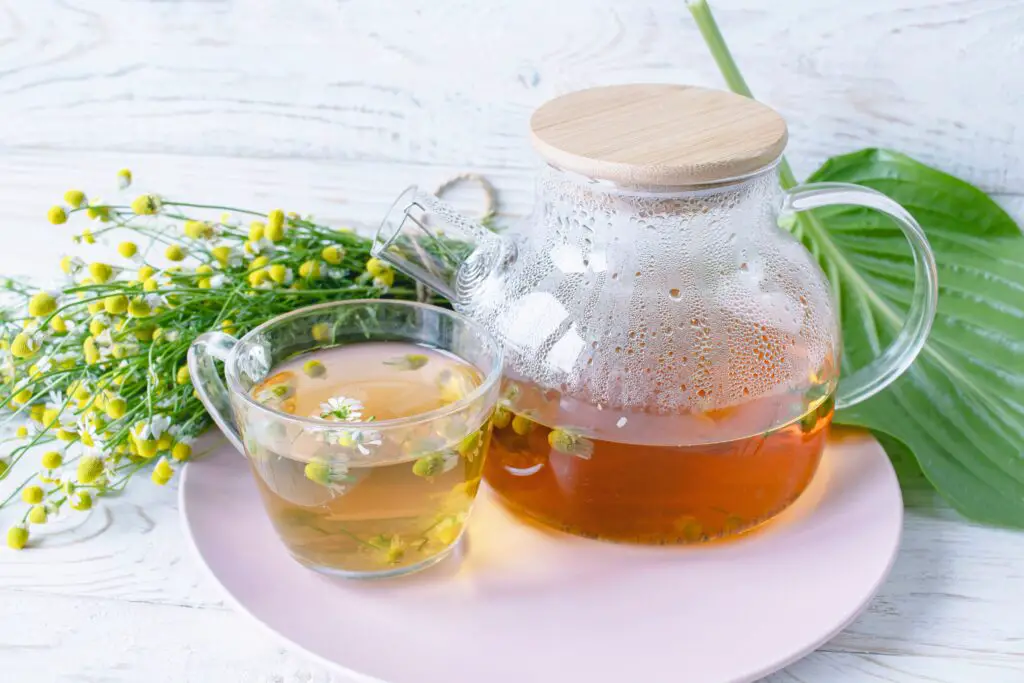
Chamomile has been a go-to herb for everything from nerves to nausea since the days of ancient Egypt. It’s calming, anti-inflammatory, and gentle enough for kids and adults alike. Whether sipped as tea or taken in supplement form, chamomile helps soothe both the stomach and the mind. It’s often recommended for mild anxiety, sleep troubles, and even menstrual pain.
Modern research supports its use as a mild sedative and digestive aid. It’s one of the few herbs that’s both effective and incredibly accessible—you can find it at almost any grocery store. Just be careful if you have allergies to plants in the daisy family. Otherwise, it’s one of the easiest remedies to keep on hand.
